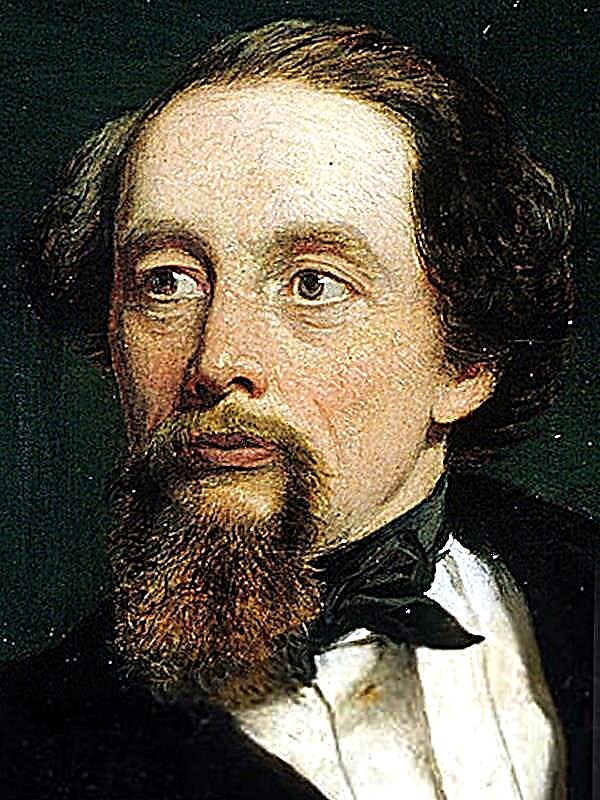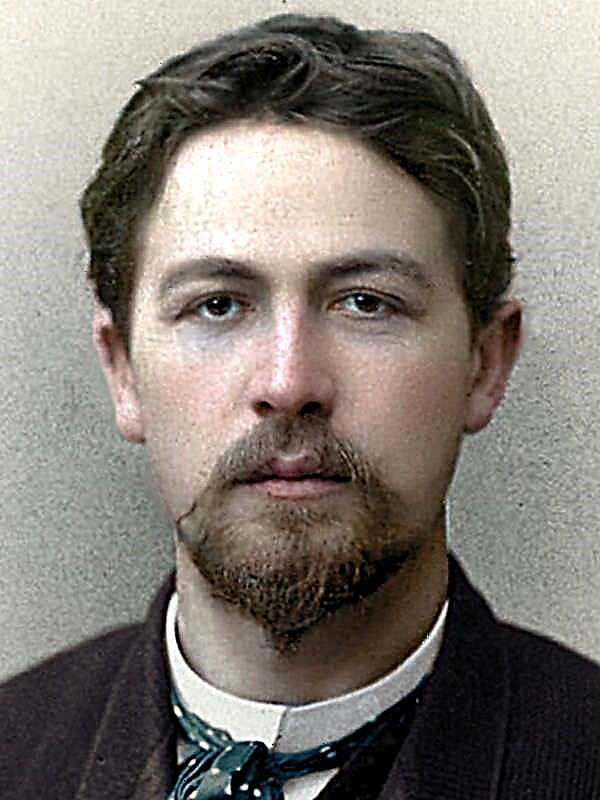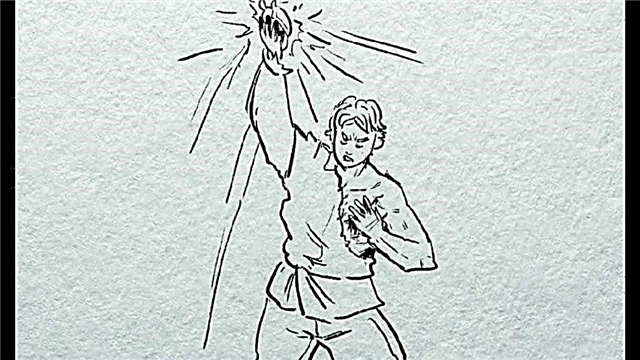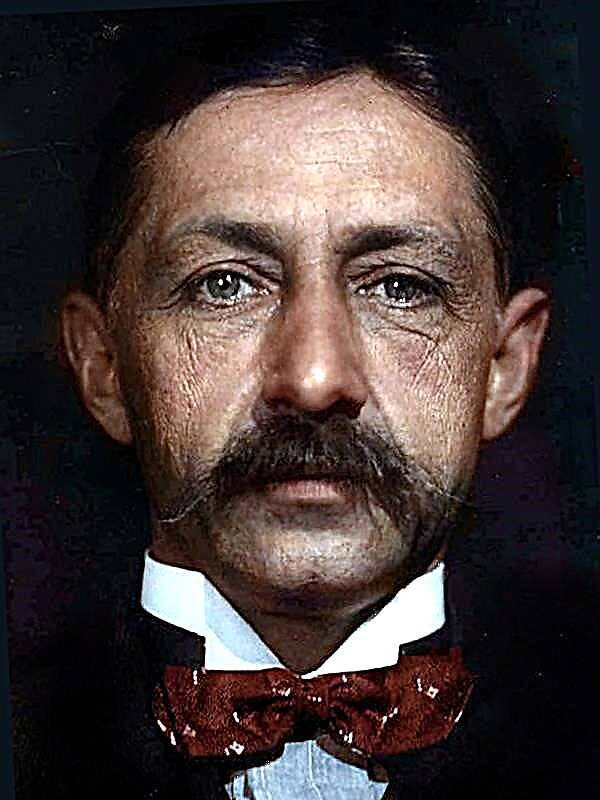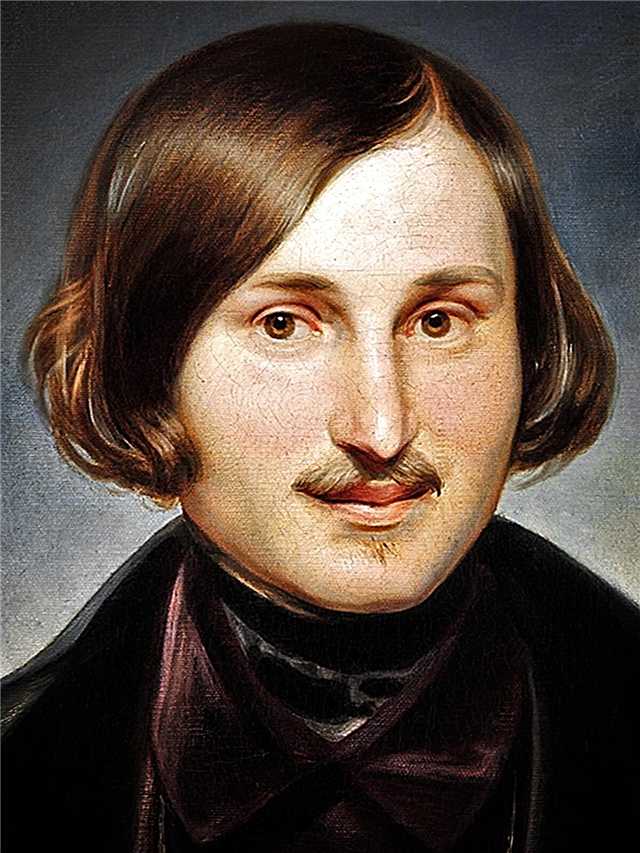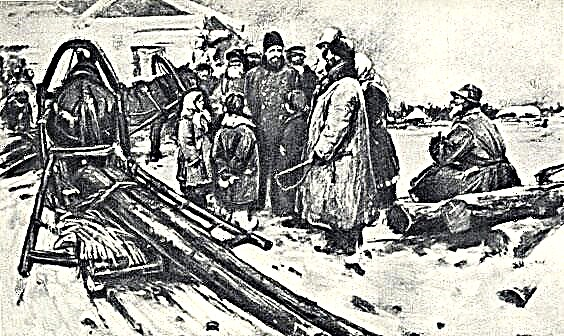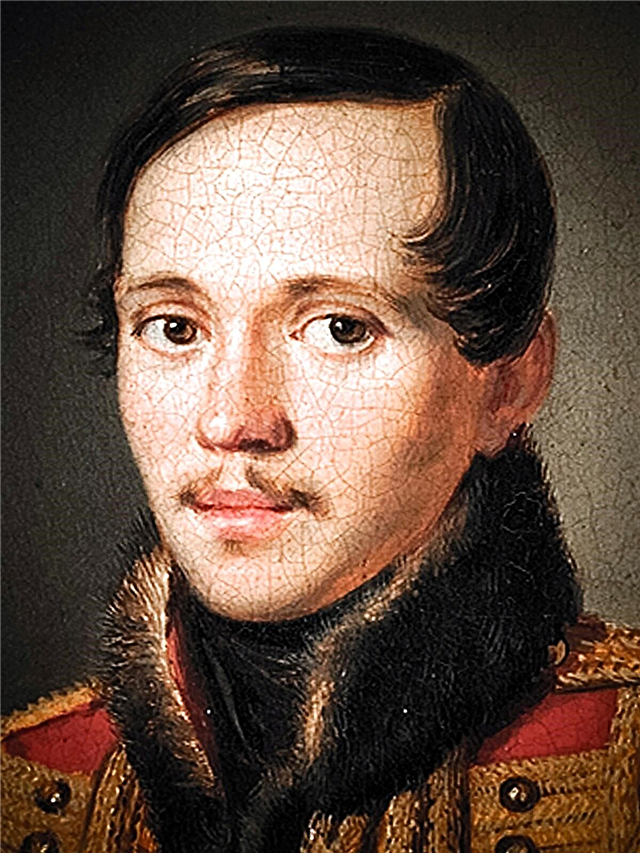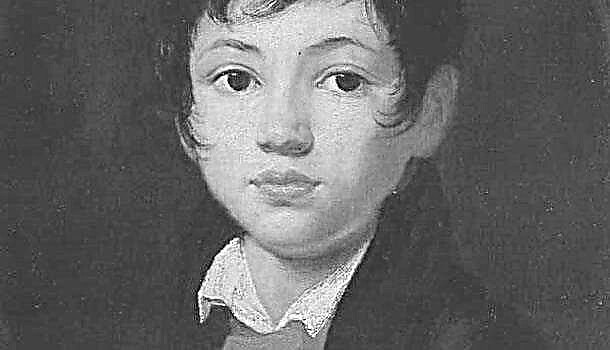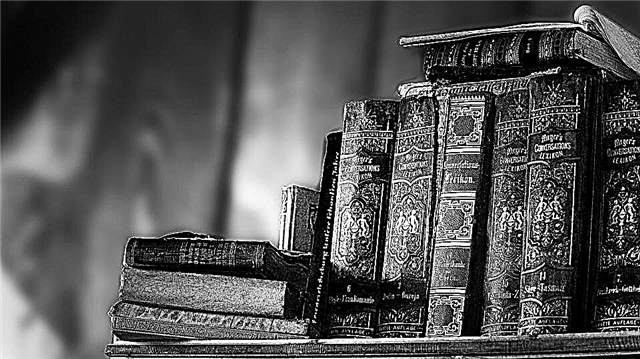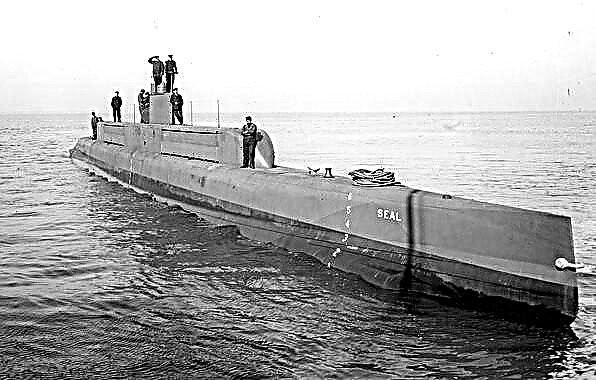Many poets of the 19th century turned to the images of nature and folk life in their work. The liberal moods that penetrated literature on the eve of and after the Decembrist uprising of 1825 prompted the word artists to become interested in the lives of ordinary people: peasants, workers ... Ivan Turgenev, a famous nature painter in prose, also distinguished himself in this respect.
History of creation
Few, unfortunately, know what the writer began as a lyricist, from which he subsequently departed, considering this path unsuitable for himself. However, among his poetic works, those that deserve more attention and detailed analysis have survived. The “Village” cycle, written by Turgenev in 1847, just belongs to them.
At this time, the author is abroad, where he witnessed revolutionary events. Impressed by the defeat he saw, he began to miss a peaceful home.
Genre, size, direction
All the components of the cycle were created by Turgenev in a realistic direction, however, in the description of the paintings of nature and the peaceful life of the peasants, one can see a certain idealization characteristic of the romantic method.
The lyric chooses for each poem its own size, depending on the mood prevailing in the work itself. In one case it is a six-footed iambic, in another - a four-footed trochaic, or an accent verse; with and without rhyme.
Composition
In total, the cycle includes nine poems dedicated to episode paintings from village life. All of them are united by the personality of the lyrical hero, on whose behalf the story is being narrated. His late spring visit to the village opens with the poem "I love to drive up to the village in the evening ...", in which the author describes the life of peasants, admires the landscape and the spirit of simple life. All other components of the cycle are episodes from the life of the people and the lyrical hero himself. It is interesting in this that some poems are paired with each other, for example, “Before the hunt” and “On the hunt - in the summer”, or “Moonless night” and “Another night”. These precious moments are imprinted with the poet’s pen, as if by the artist’s brush.
Before us is not just memories - these are impressions, paintings of an impressionist who, with every stroke, conveys to us all shades of color, notes of smell and sounds surrounding him. And the cycle ends with parting with the village and its inhabitants in the poem "First Snow". Thus, the principle by which the logic of the cycle is built is chronological. The action begins in the spring and ends in the fall.
Images and characteristics
Fall abundantly, snow! A distant city is calling me;
I would like to meet old enemies and friends again.
These lines are imbued with some sadness, however it is light. The hero, on the one hand, regrets the need to say goodbye to the world of the village, but at the same time he wants to return to the secular society of the city, since this is also an important part of his life and his soul. It is very interesting that the warm summer time for the hero is a metaphor for the sincerity, openness and sincerity of the people, and winter symbolizes the formal and cold business atmosphere of the city.
The hero is happy to be in the lap of nature, where everything arouses the desire to live and create in him, but the moment comes when you need to return to your world, your environment - the city and secular society.
Themes and Issues
The main theme of the cycle is the closeness of the human spirit and natural life. Observing ordinary people, the lyrical hero is imbued with their sincerity, warmth, and the genuineness of their feelings and emotions. Among the people, he sees the power peculiar only to the Russian person whom he admires.
Also, secular society is an important issue here. This world appears for a moment at the end of the last poem, but we already understand how the hero relates to it. He contrasts that life with the simplicity and honesty of folk life, the absence of masks, pretense and play.
Means of artistic expression
The means of artistic expression that he uses help to understand the author’s attitude to the paintings he has seen. For example, these are the epithets of “mighty oak”, “fragile branches of birches”, “fluffy snow”, “rosy cheeks” and many others.
They also personalize the hero’s attitude to the nature of personifications, appeals, question-answer forms and rhetorical exclamations. Syntactic constructions help the author to set the rhythm of a lyrical work: slow-power, as, for example, in “Hunting - in the Summer”, or dynamically fast-moving, as in “Thunderstorm”.

